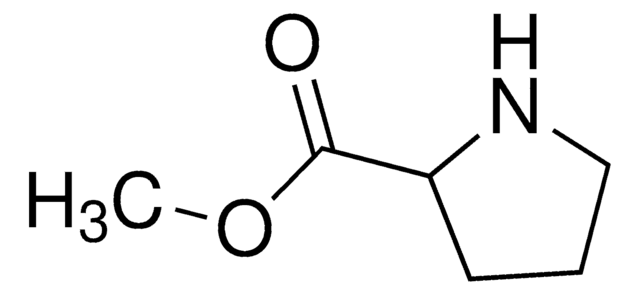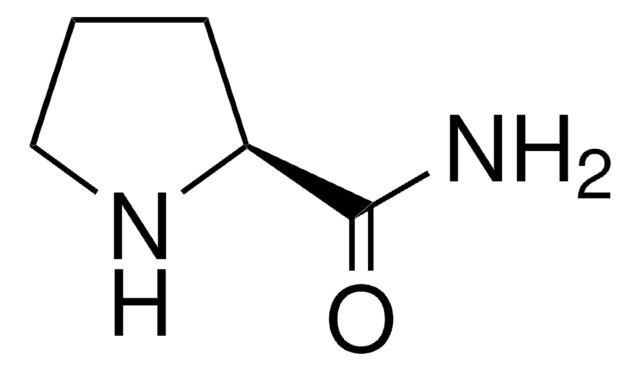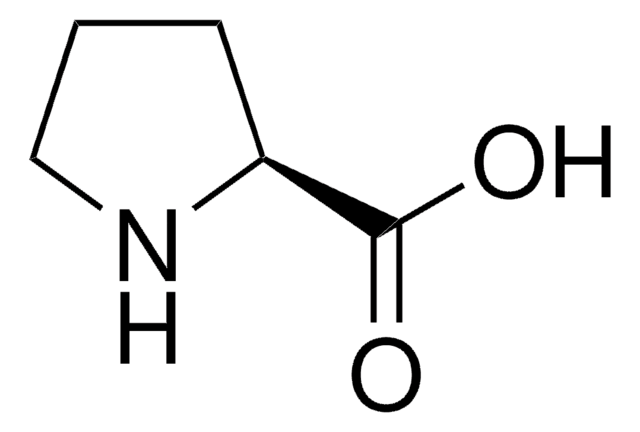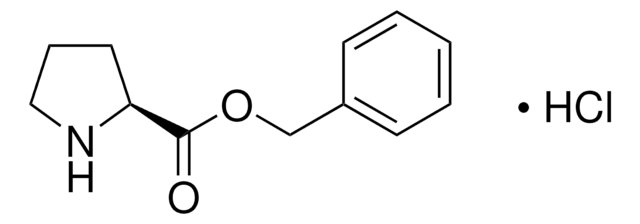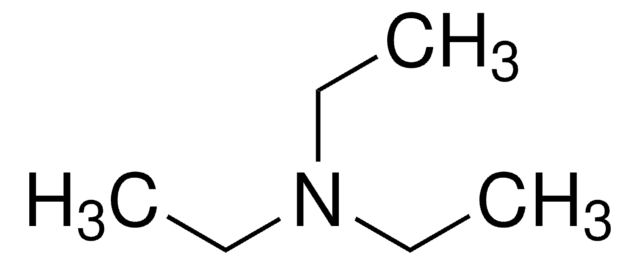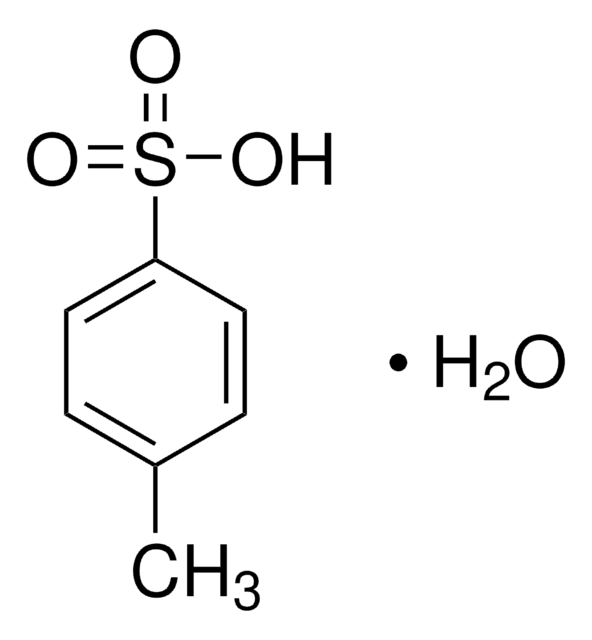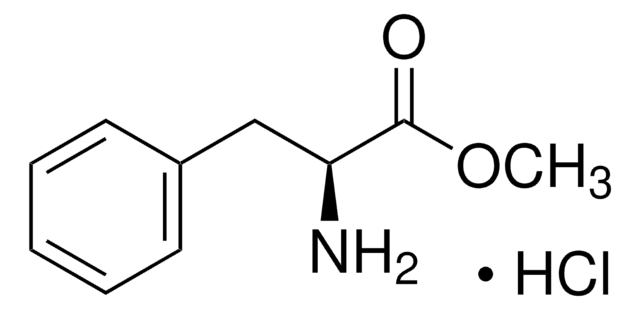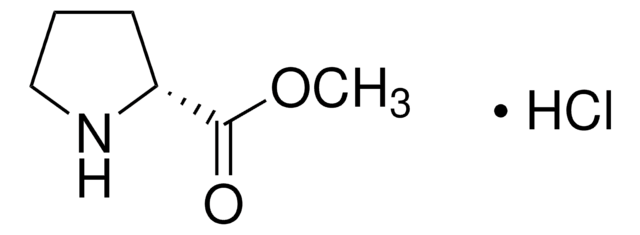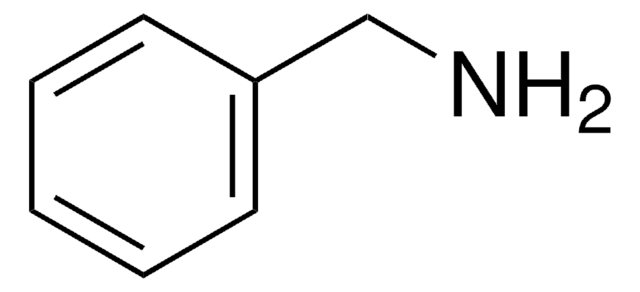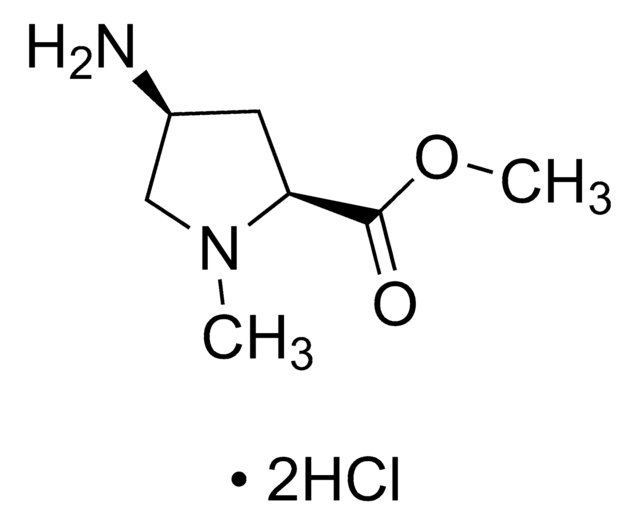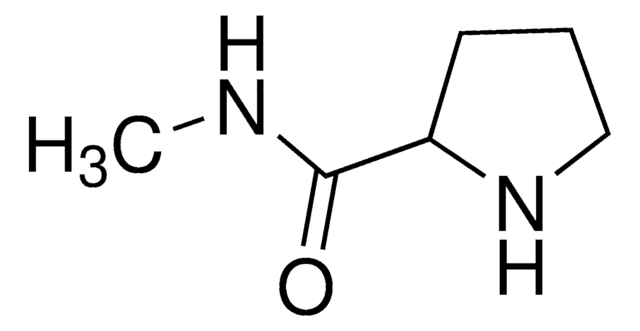287067
L-Proline methyl ester hydrochloride
98%, for peptide synthesis
Synonym(s):
(S)-Methyl pyrrolidine-2-carboxylate hydrochloride, L-Pro-OMe HCl
About This Item
Recommended Products
product name
L-Proline methyl ester hydrochloride, 98%
Quality Level
assay
98%
form
solid
optical activity
[α]20/D −31°, c = 0.5 in H2O
reaction suitability
reaction type: solution phase peptide synthesis
mp
69-71 °C (lit.)
application(s)
peptide synthesis
SMILES string
Cl[H].[H][C@]1(CCCN1)C(=O)OC
InChI
1S/C6H11NO2.ClH/c1-9-6(8)5-3-2-4-7-5;/h5,7H,2-4H2,1H3;1H/t5-;/m0./s1
InChI key
HQEIPVHJHZTMDP-JEDNCBNOSA-N
Looking for similar products? Visit Product Comparison Guide
Related Categories
Application
- A building block in peptide synthesis.
- A catalyst to synthesize 3,4-dihydropyrimidin-2-(1H)-ones via Biginelli condensation reaction with aryl aldehydes, methyl acetoacetate, and urea.
- A reactant to prepare prolylproline.
wgk_germany
WGK 3
flash_point_f
Not applicable
flash_point_c
Not applicable
ppe
dust mask type N95 (US), Eyeshields, Gloves
Certificates of Analysis (COA)
Search for Certificates of Analysis (COA) by entering the products Lot/Batch Number. Lot and Batch Numbers can be found on a product’s label following the words ‘Lot’ or ‘Batch’.
Already Own This Product?
Find documentation for the products that you have recently purchased in the Document Library.
Customers Also Viewed
Our team of scientists has experience in all areas of research including Life Science, Material Science, Chemical Synthesis, Chromatography, Analytical and many others.
Contact Technical Service